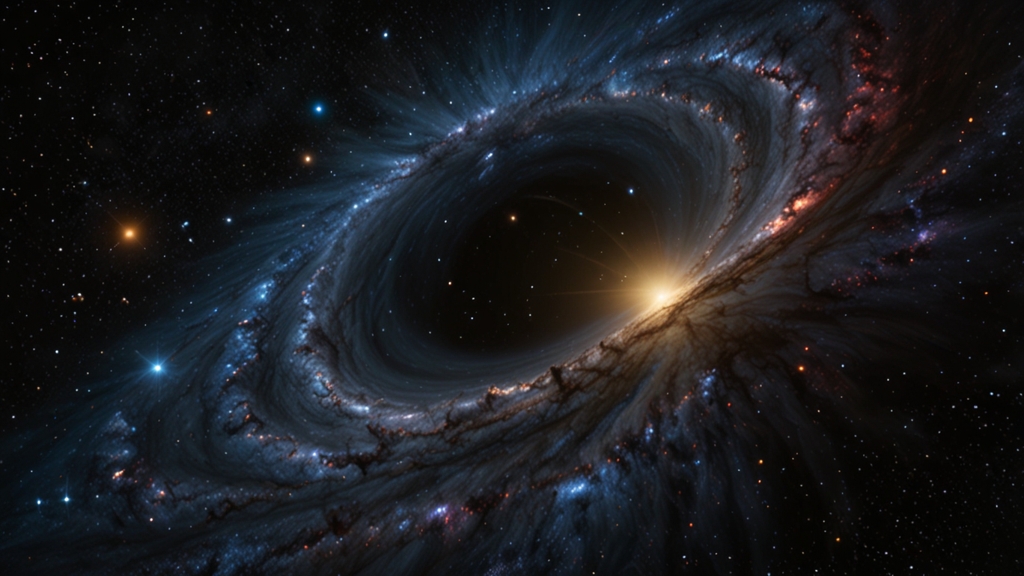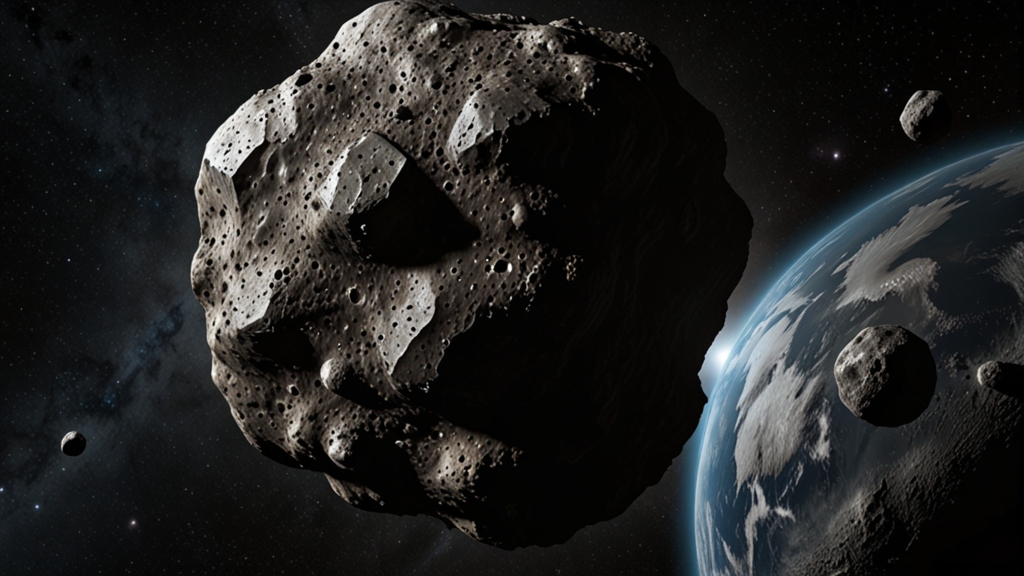The Search for Dark Energy: Understanding the Invisible Force of the Cosmos
In the vast, cold emptiness of the universe, there exists an enigmatic force that has puzzled scientists for decades. This force, known as dark energy, is thought to be responsible for the accelerated expansion of the universe. Despite being one of the biggest mysteries in modern cosmology, our understanding of dark energy remains limited. In this article, we delve into the origins of dark energy research, the methods used to study it, and the implications of unlocking its secrets.
Origins of Dark Energy Research
Dark energy entered the cosmological conversation in the late 1990s when astronomers observed that distant supernovae were moving away from us more quickly than expected. This discovery suggested that the universe’s expansion was not slowing down, as once believed, but accelerating. This unexpected acceleration could not be explained by the known forms of matter and energy, leading to the proposal of a new, mysterious component of the universe: dark energy.
The universe is not only expanding, but it's accelerating in its expansion.
The term “dark energy” was coined to encapsulate this unseen force that seems to oppose gravity, driving galaxies apart at an ever-increasing rate. While dark energy is estimated to comprise about 68% of the universe’s total energy density, its true nature remains one of the most compelling questions in physics.
Methods of Studying Dark Energy
The study of dark energy involves a combination of observational astronomy, theoretical physics, and high-energy particle experiments. Here are some of the primary methods researchers use to unravel this cosmic mystery:
Supernova Observations
The initial discovery of dark energy was based on supernova observations. By measuring the brightness and redshift of these exploding stars, scientists can determine the rate at which the universe is expanding. Ongoing surveys continue to map out more supernovae to improve the accuracy of these measurements.
Cosmic Microwave Background (CMB)
The Cosmic Microwave Background radiation is the afterglow of the Big Bang and provides a snapshot of the early universe. Tiny fluctuations in the CMB can offer clues about the universe’s composition, including dark energy. The Wilkinson Microwave Anisotropy Probe (WMAP) and the Planck satellite have provided detailed maps of the CMB, helping to refine our understanding of dark energy.
Baryon Acoustic Oscillations (BAO)
Baryon Acoustic Oscillations are regular, periodic fluctuations in the density of visible baryonic matter (normal matter) of the universe. By measuring these oscillations in the distribution of galaxies, scientists can trace the history of the universe’s expansion and the influence of dark energy over cosmic time.
Theoretical Models and Implications
Several theoretical models have been proposed to explain dark energy. The simplest of these is the cosmological constant, introduced by Albert Einstein, which suggests that dark energy is a constant energy density filling space homogeneously. However, more complex models such as quintessence and chameleon fields suggest that dark energy could evolve over time.
Unlocking the secrets of dark energy could revolutionize our understanding of the universe and fundamental physics.
The implications of understanding dark energy extend far beyond cosmology. It could provide insights into the unification of forces, the nature of spacetime, and the ultimate fate of the universe. Some theories even suggest that dark energy could be a clue to new physics beyond the Standard Model.
Future Prospects
The quest to understand dark energy is one of the driving forces behind many current and planned scientific endeavors. Projects such as the Dark Energy Survey (DES), the Euclid satellite, and the Large Synoptic Survey Telescope (LSST) aim to gather more precise data on cosmic expansion and dark energy’s properties.
As technology advances and more data is collected, we move closer to uncovering the true nature of dark energy. While the challenge is immense, the potential rewards are equally profound. Solving the mystery of dark energy could answer fundamental questions about the universe and our place within it.
In conclusion, the search for dark energy is a journey into the unknown, blending observational prowess with theoretical innovation. As we continue to probe the cosmos, we can hope that the invisible force driving the universe's expansion will one day become a little less mysterious.








